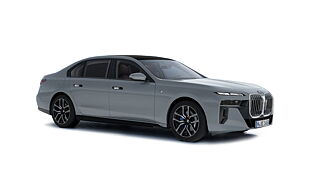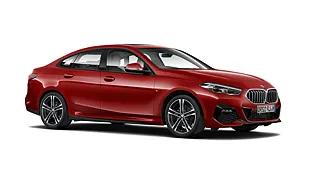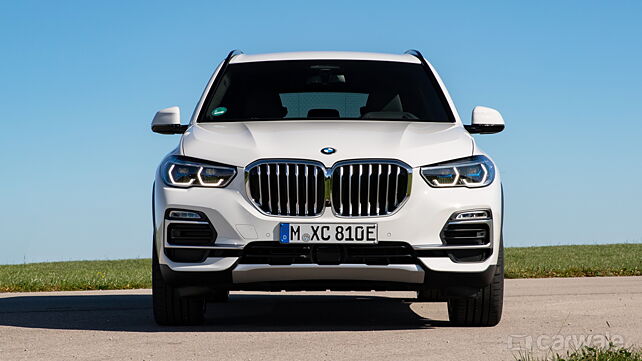
Bavarian carmaker BMW recently brought two new entry-level trims of the X5 to India. With this introduction, BMW has made available its petrol engine from the high-spec M Sport to this base variant. Now, the X5 line-up comprises of four trims and two engine alternatives. Let us learn more about these engines in detail.
Engines
Back in the day, when BMW debuted its first-ever SUV in the form of X5 codenamed E53, the car featured straight-six petrol and a V8 (Codenamed N62) - both naturally aspirated. Similarly, there was a straight-six diesel too, but that was paired with a turbocharger.

Interestingly, the N62 series naturally aspirated V8 was the first-ever engine crafted by BMW to get variable-length inlet manifold and a feature called variable valve lift which BMW named Valvetronic. Of two innovations, the former utilised two separate inlet ports governed by two manifolds - one for higher engine loads and another for lower. In plain English, all that combined, improved fuel efficiency, enhanced power and torque across the rev range. Moreover, it also minimised engine knocking and led to a complete combustion process.

But, in some way or the other, these innovations set a foundation for modern engines to be more powerful, effective and efficient. BMW’s B58 and B57 are examples of these functionally developed engines.

Now, the B58 is a straight-six petrol motor that comes with an integrated twin-scroll turbocharger. Being a successor to the N55, this new version of the engine comes with improved boost pressure, higher compression ratio and scaled-up displacement. However, it also means increased weight.

The B58 is a 2,998cc straight-six turbocharged engine that is capable of producing 335bhp between 5,500 and 6,500rpm and 650Nm of torque from 1,500 to 5,200rpm. Meanwhile, this petrol engine is paired with a 48-volt mild-hybrid system which provides additional boost and powers the start/stop motor too. The 48-volt system then recharges the battery via braking regeneration.

Moving on, the other engine in the X5 range is a B57 diesel and comes from the same engine family as the B58. It has a 2,993cc inline straight-six setup with a single turbocharger. The cylinder blocks are built using aluminium while the engine gets the BMW TwinPower turbo. Additionally, BMW has also used the latest-generation common rail direct injection in this motor. Everything combined generates 262bhp that peaks at 4,000rpm and 620Nm from 1,500 to 2,500rpm. Like the B58, this one has a 48-volt system too.

Transmission
As with every other BMW, both the engines in the X5 are paired with an eight-speed Steptronic automatic. Being a fully electronically controlled transmission, as per various driving modes, it changes the tone accordingly. Besides that, BMW’s xDrive all-wheel-drive is a standard piece of equipment across the SportX Plus line-up.

![BMW X5 [2019-2023] Image BMW X5 [2019-2023] Image](https://imgd.aeplcdn.com/272x153/cw/ec/37065/BMW-X5-Right-Front-Three-Quarter-157119.jpg?wm=0&q=80)


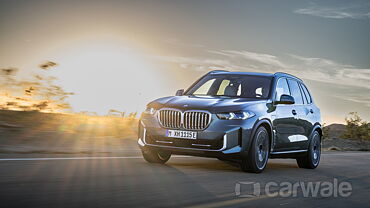
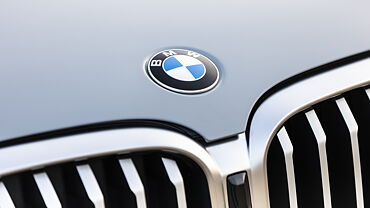
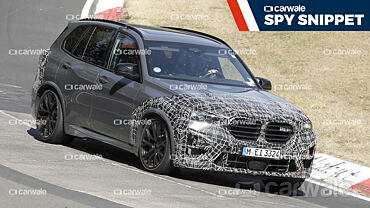








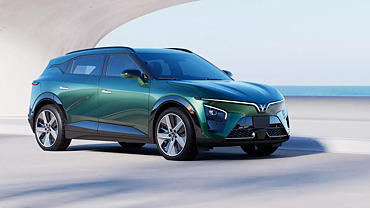

![BMW X5 [2019-2023] Right Front Three Quarter BMW X5 [2019-2023] Right Front Three Quarter](https://imgd.aeplcdn.com/199x112/cw/ec/37065/BMW-X5-Right-Front-Three-Quarter-157119.jpg?wm=0&q=80)
![BMW X5 [2019-2023] Right Front Three Quarter BMW X5 [2019-2023] Right Front Three Quarter](https://imgd.aeplcdn.com/199x112/cw/ec/37065/BMW-X5-Right-Front-Three-Quarter-157118.jpg?wm=0&q=80)
![BMW X5 [2019-2023] Exterior BMW X5 [2019-2023] Exterior](https://imgd.aeplcdn.com/199x112/cw/ec/37065/BMW-New-X5-Exterior-140774.jpg?wm=0&q=80)
![BMW X5 [2019-2023] Interior BMW X5 [2019-2023] Interior](https://imgd.aeplcdn.com/199x112/cw/ec/37065/BMW-X5-Interior-171216.jpg?wm=0&q=80)
![BMW X5 [2019-2023] Interior BMW X5 [2019-2023] Interior](https://imgd.aeplcdn.com/468x263/cw/ec/37065/BMW-X5-Interior-171217.jpg?wm=0&q=80)


























